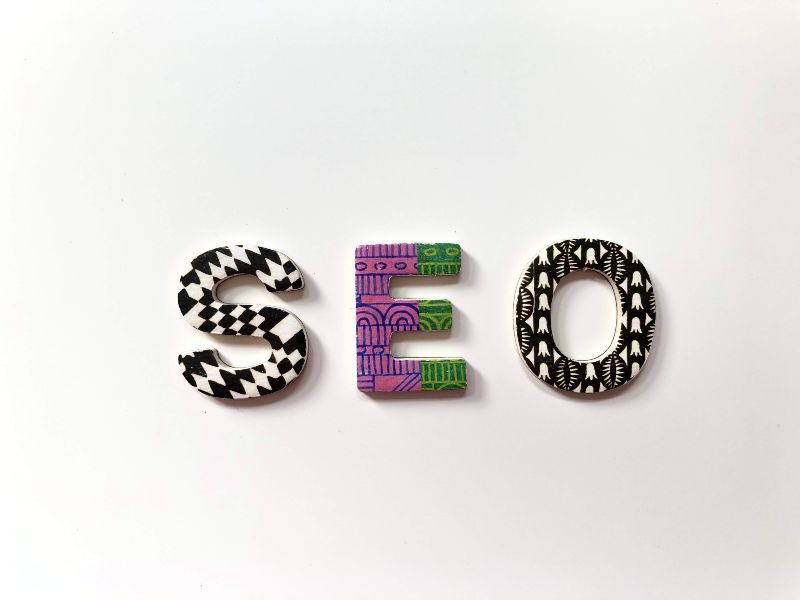Branding is something that allows customers to immediately recognise your brand. By customers, they are present as well as future, potential customers. Think of the swoosh. With merely a swoosh, most customers around the world will identify the swoosh as representing Nike. This is an example of branding so strong that just the logo would suffice to allow customers to identify a brand. Branding is not just about identification but also invokes certain emotions and attaches certain characteristics to the brand. The swoosh is representative of a premium sporting brand. One that is used by many of the top athletes around the world in a variety of different sports.
How then can we reach the level of branding that Nike has? Well, to be frank, it’s extremely difficult. However, by looking at how Nike has gone about branding itself, we can pick up certain lessons to help us when we work on branding our own brand.
1) Establish your brand’s goals
Identifying your brand’s goals will make it easier to work towards them. For example, the brand’s goals may be that you want to increase the conversion rate or you may want to retain customers better. This will allow the brand to work on a focused brand strategy. If the goals are as such, then the brand strategy should be one of working towards creating trust among its present and future potential customers. The basic thing to start with would be the brand’s logo. The logo should have fonts and colours that invoke the feeling of trust.
2) Create a brand logo and tagline
This adds to the first point. If you want to create a brand logo and tagline that can effectively grow your brand, it is highly recommended that you engage an experienced design studio or someone who is highly creative in your business to come up with them. This is key as this logo and tagline will be representing your business in all your marketing material. Coming up with a logo is slightly more complicated than it seems. The things to consider typically include your brand name, a colour palette, iconography and fonts. The choice to use one over another is key. The choice to use a serif font over a san serif one, and the choice to use a dark shade of blue over a bright yellow, all invoke different emotions and thoughts from customers who come into contact with your brand logo and tagline. Hence, despite the fact that many brands do not put much thought into their logo and tagline, we’ve seen some who designed their logo using PowerPoint in the spur of the moment, the logo and tagline are very key elements, the first point of contact with the customer.
3) Emphasize the unique qualities and benefits that your brand offers
Product differentiation is key. It is to a brand’s great detriment if its products are seen as homogeneous when compared with other brands in the same industry. The worst thing that brands like Nike, Adidas or Under Armour can have is for customers to think that their products are homogeneous and are perfect substitutes for each other. Therefore, it would be key for you to figure out what and how your company provides value and how your brand is unique in the industry.
4) Identify who your customers are
Many brands will state that they serve everyone. Or that everyone is their customer. However, every brand has a target customer. Well unless you are selling public utilities, i.e. selling water… It’s important that you identify who your target customers are. Companies can have products with a broad spectrum of customers but it is important for a brand to know who its target customers truly are. If your brand’s audience consists mainly of young adults who just graduated from university, then your brand should have a modern and bold look. Hence it is important for a brand to identify who its primary customers are. If the brand is able to target its primary customers, it will be able to maximise the returns of its branding and advertising efforts.
5) Identify who the competing brands are in your industry
It is important to know who the competing brands are within your industry. Seeking reference from the competing brands can give us an idea of which brands are more and less successful and the reasons why it is as such. An effective brand is one that stands out from the rest of the competition.
6) Develop a brand style guide
A successful brand should always have a written style guide. This can be distributed to all employees, present and future. This guide will help to align future branding efforts. Branding is about consistency and thus a style guide is very important and necessary. A style guide consists of the colour palette, font styles, sizes, margins, logos and other related brand styles. This branding style guide helps to keep everyone who is involved in the company, especially those who are doing marketing, in check when it comes to consistency with the brand’s branding.
7) Market your brand
There is no use in coming up with a comprehensive brand strategy when you do not market it effectively. This is where multi-channel marketing comes into play. This involves reaching potential customers through various online and offline channels. Well, these days online channels are viewed with far greater priority than offline channels.
If you are looking to run an effective branding campaign, do contact us at SG Business Advisory Pte Ltd.
Here at SG Business Advisory Pte Ltd, you can engage any of our certified consultants for a non-obligatory consultation. Simply send us an email at [email protected] or WhatsApp +6582222886 to get in touch with us.
Yours sincerely,
The editorial team at SG Business Advisory






